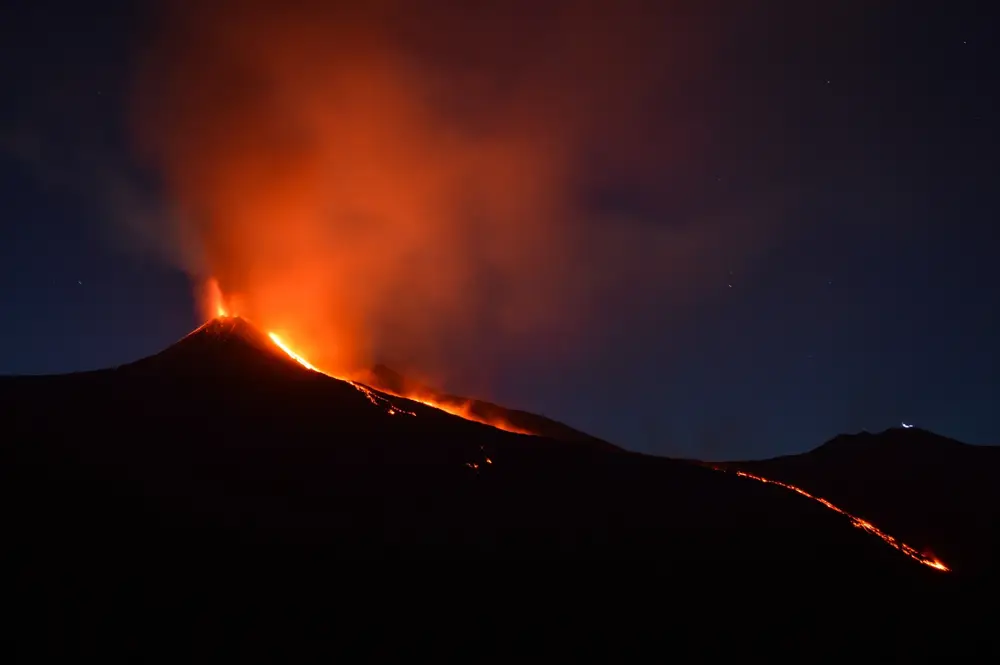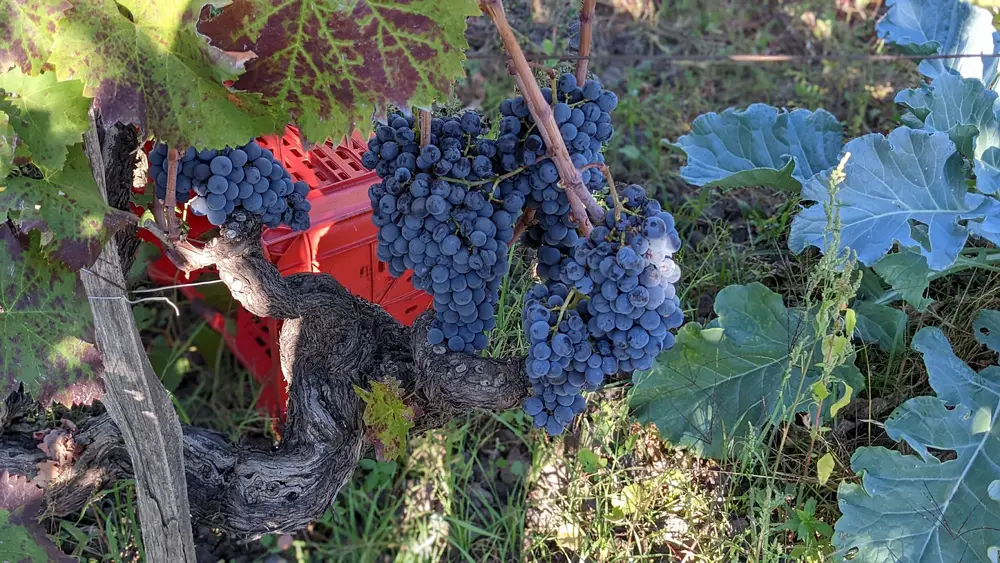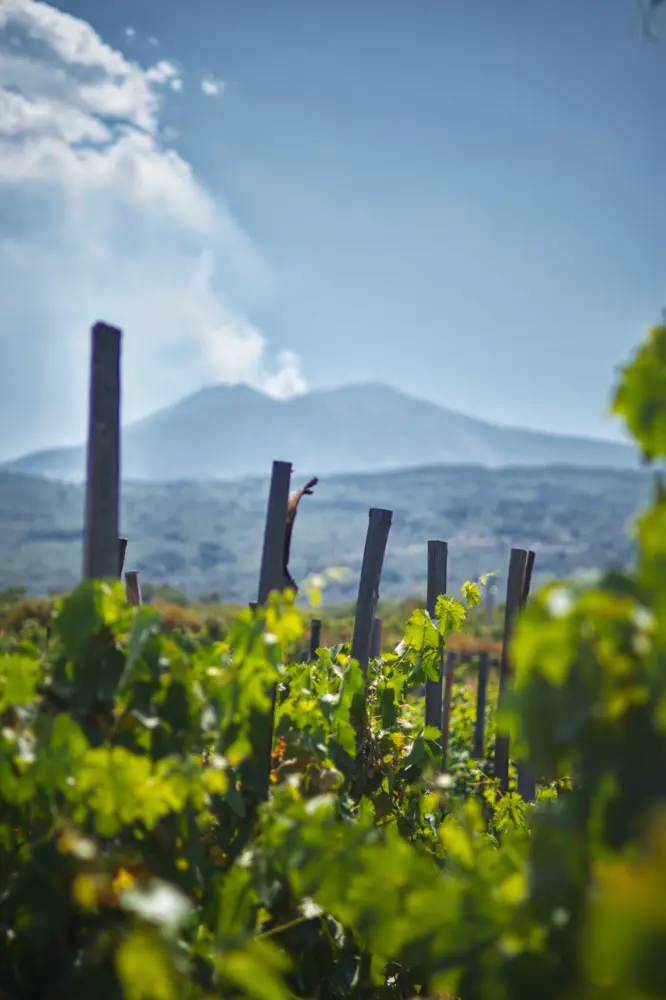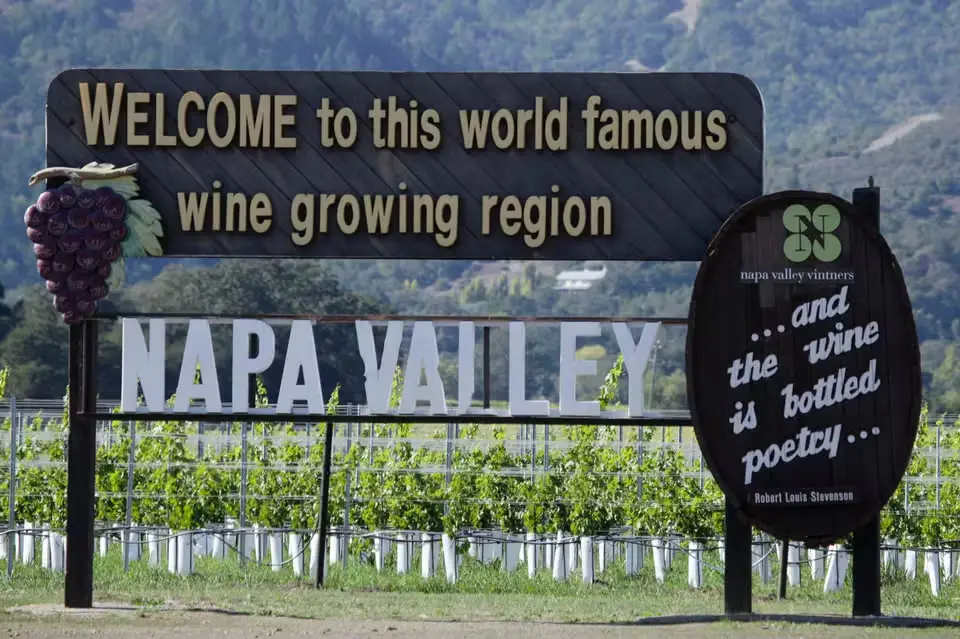Etna: An Island Inside an Island, the Burgundy in the Mediterranean Sea
Etna, located on the sunkissed island of Sicily, in the heart of the Mediterranean Sea, has captured the interest of wine connoisseurs and amateurs alike. This distinctive terroir, often described as an “island inside an island”, has emerged from relative obscurity to become a rising star in the world of wine. Etna's transformation from a bulk wine region to a famous viticultural treasure in the last two decades is a wonder, like the magical volcano itself, with its crisp, refreshing white wines and vivid, racy, elegant reds that are often reminiscent of Burgundy or Barolo.

From a Bulk Wine Region to the Spotlight
With roots in the Greek colonization of Sicily between 1,800 and 500 B.C., Etna's winemaking legacy spans millennia. The Greeks made a substantial contribution to viticulture and winemaking during this era, bringing grapevines that still can be found today on the slopes of Mount Etna. The Etna volcano was mentioned in Greek mythology, together with the local wines, which were described as a source of healing, leisure, and entertainment. In 1968 when Etna was granted Controlled Denomination of Origin (DOC) status and became Sicily's first and one of Italy's oldest DOCs. Vineyards have been scattered on Mount Etna's slopes for generations. However, during the past century, Etna wines were mostly sold as bulk wine, being used as “cut” to blend with wine in France and Northern Italy.
Starting from the 2000s, Etna wines have seen a rebirth, with both domestic and international acclaim. Once limited to bulk sales, these wines are now found on the wine lists of the world's most prominent restaurants, neighborhood wine shops and the trendy wine bars where the cosmopolitans frequent. Renowned wine experts have written volumes in their praise, highlighting the distinct characteristics and unique terroir of Etna wines. The wines even found their way into popular culture, thanks to the rise of wine tourism in Sicily, most recently in the HBO series “The White Lotus”, which introduced Etna's wines to the general public.

Blessings from the Land
The climate of the Etna region is distinct from the rest of Sicily due to its high elevation and mountain influence from Mount Etna. Here, the climate is cooler and more moderate, with large diurnal temperature changes. It is probably hard to imagine the vineyards on a Mediterranean island are covered by snow during the winter. The distinct climate results in a prolonged growing season, allowing the slower maturation of the grapes, which favors the development of complex flavors and preserves the acidity in the wines.
Etna's emergence as a wine powerhouse is largely due to its excellent terroir. The vines thrive in a complex interaction of volcanic soils enriched by millennia of eruptions on the slopes of Mount Etna, Europe's most active volcano. This imparts the wines with a distinctive mineral character and rich depth of flavor. Each volcanic eruption adds a layer to the soil of the terraced vineyards, resulting in a variety of compositions and microclimates throughout vineyards known as “Contrada”, similar to the French “Cru.” The unique, complex terroir has earned Etna the nickname “the Burgundy in the Mediterranean Sea”.
Etna's charm goes beyond the volcanic soil and various microclimate. The heritage of old vines is the essence of the region. Phylloxera arrived in Sicily in the early 1900s, but due to the unfavorable environment for phylloxera to rampage in the region's volcanic, sandy soil, and high altitude, nearly half of Etna's vineyards survived. Today, Etna is blessed with century-old vines and more recently planted ungrafted vines.

(Photo by Sylvia Ba)
The Pioneers, Investors, and Dream Pursuers
You can not find so many wine regions like Etna in the old world. Most winery owners in Europe have inherited their land from their families for generations, in Etna, the landscape is much different. Instead of deeply ingrained family legacies, the region's success is owed to the forward-thinking outsiders. Marco de Grazia, an Italian American wine dealer, Andrea Franchetti, a renowned winemaker and owner of Tenuta di Trinoro, a super Tuscan winery, and Frank Cornelissen, a Belgian connoisseur of fine wines, arrived in Etna in the early 2000s.These pioneers recognized Etna's latent potential, employing innovative techniques and committed cultivation to bring Etna into the global wine arena.
The appeal of Etna's terroir drew the attention of established wineries to invest in the region. Large Sicilian wineries like Donnafugata, Planeta, Firriato, Tasca d'Almerita as well as Gaja and Giovanni Rosso from Piedmont, Tommasi from Veneto have made investments in Etna, recognizing the region's ability to produce high-quality wines. By now, all major Sicilian producers have Etna wines in their lineup. These investments have infused Etna with new energy and resources, hastening its transition into a major wine destination.
In parallel, a group of independent winemakers has championed the natural wine movement on the slopes of Mount Etna. Australian winemaker Anna Martens and French natural wine advocate Eric Narioo of Vino di Anna, Spanish winemaker Eduardo Torres, and Stef Yim, an Asian American sommelier who turned into a winemaker and many others, embrace minimal intervention approaches, allowing the terroir to express itself authentically in the wines. All these “foreign settlers” bring passion, experience and diversity to the new, vibrant region.

Etna's unique terroir, historic vines, and innovative winemakers have brought it into the international spotlight. From the humble beginning to the current reputation, the rise of the Etna wine region is a tribute to the harmonious union of history, terroir and innovation. So, dear VinoVossers, why not start the journey to discover the amazing wines from Etna today? Cheers!
Sylvia Ba



